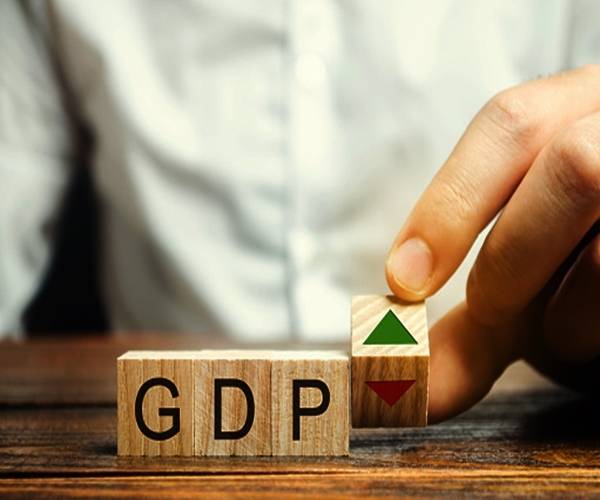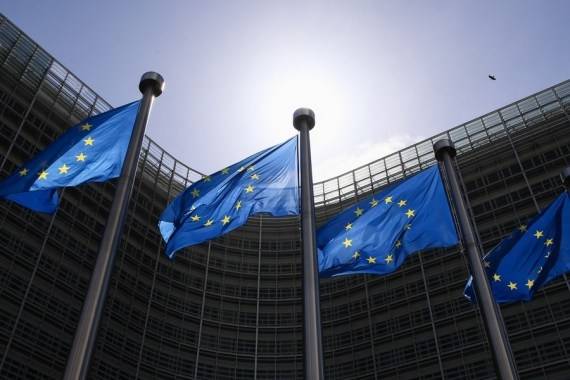It said growth is expected to strengthen due to several factors. First, activity in the first quarter of the year exceeded expectations…reports Asian Lite News.
The European economy is forecast to rebound faster than previously expected, as coronavirus restrictions ease and activity in the first quarter of the year exceeded expectations. The improved health situation prompted a swifter easing of pandemic control restrictions in the second quarter.
According to the Summer 2021 interim Economic Forecast, the economy in the EU and the euro area is set to expand by 4.8 percent this year and 4.5 percent in 2022.
Compared to the previous forecast in the spring, the growth rate for 2021 is significantly higher in the EU (+0.6 pps.) and the euro area (+0.5 pps.), while for 2022 it is slightly higher in both areas (+0.1 pp.). Real GDP is projected to return to its pre-crisis level in the last quarter of 2021 in both the EU and the euro area. For the euro area, this is one quarter earlier than expected in the Spring Forecast.
It said growth is expected to strengthen due to several factors. First, activity in the first quarter of the year exceeded expectations. Second, an effective virus containment strategy and progress with vaccinations led to falling numbers of new infections and hospitalisations, which in turn allowed EU Member States to reopen their economies in subsequent quarter. This reopening benefited service sector businesses in particular.
Upbeat survey results among consumers and businesses as well as data tracking mobility suggest that a strong rebound in private consumption is already underway. In addition, there is evidence of a revival in intra-EU tourist activity, which should further benefit from the entry into application of the new EU Digital COVID Certificate as of 1 July. Together, these factors are expected to outweigh the adverse impact of the temporary input shortages and rising costs hitting parts of the manufacturing sector.
Private consumption and investment are expected to be the main drivers of growth, supported by employment that is expected to move in tandem with economic activity. Strong growth in the EU’s main trading partners should benefit EU goods exports, whereas service exports are set to suffer from remaining constraints to international tourism.

The Recovery and Resilience Facility (RRF) is expected to make a significant growth contribution. The total wealth generated by the RRF over the forecast horizon is expected to be approximately 1.2% of the EU’s 2019 real GDP.
The expected size of its growth impulse remains roughly unchanged from the previous forecast, as information from the Recovery and Resilience Plans officially submitted in recent months broadly confirms the assessment made in the spring.
“The EU economy is set to see its fastest growth in decades this year, fuelled by strong demand both at home and globally and a swifter-than-expected reopening of services sectors since the spring,” said Paolo Gentiloni, Commissioner for Economy.
“Thanks also to restrictions in the first months of the year having hit economic activity less than projected, we are upgrading our 2021 growth forecast by 0.6 percentage points. That is the highest upward revision we have made in more than 10 years and is in line with firms’ confidence reaching a record high in recent months.”
”With the Recovery and Resilience Facility taking off, Europe has a unique opportunity to open a new chapter of stronger, fairer and more sustainable growth. To keep the recovery on track, it is essential to maintain policy support as long as needed. Crucially, we must redouble our vaccination efforts, building on the impressive progress made in recent months: the spread of the Delta variant is a stark reminder that we have not yet emerged from the shadow of the pandemic,” Gentiloni added.

